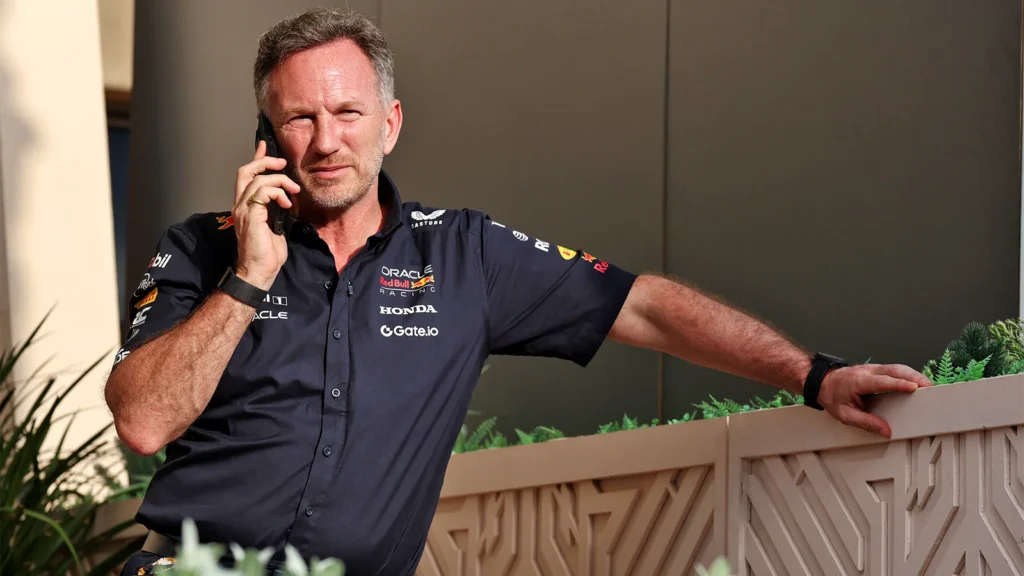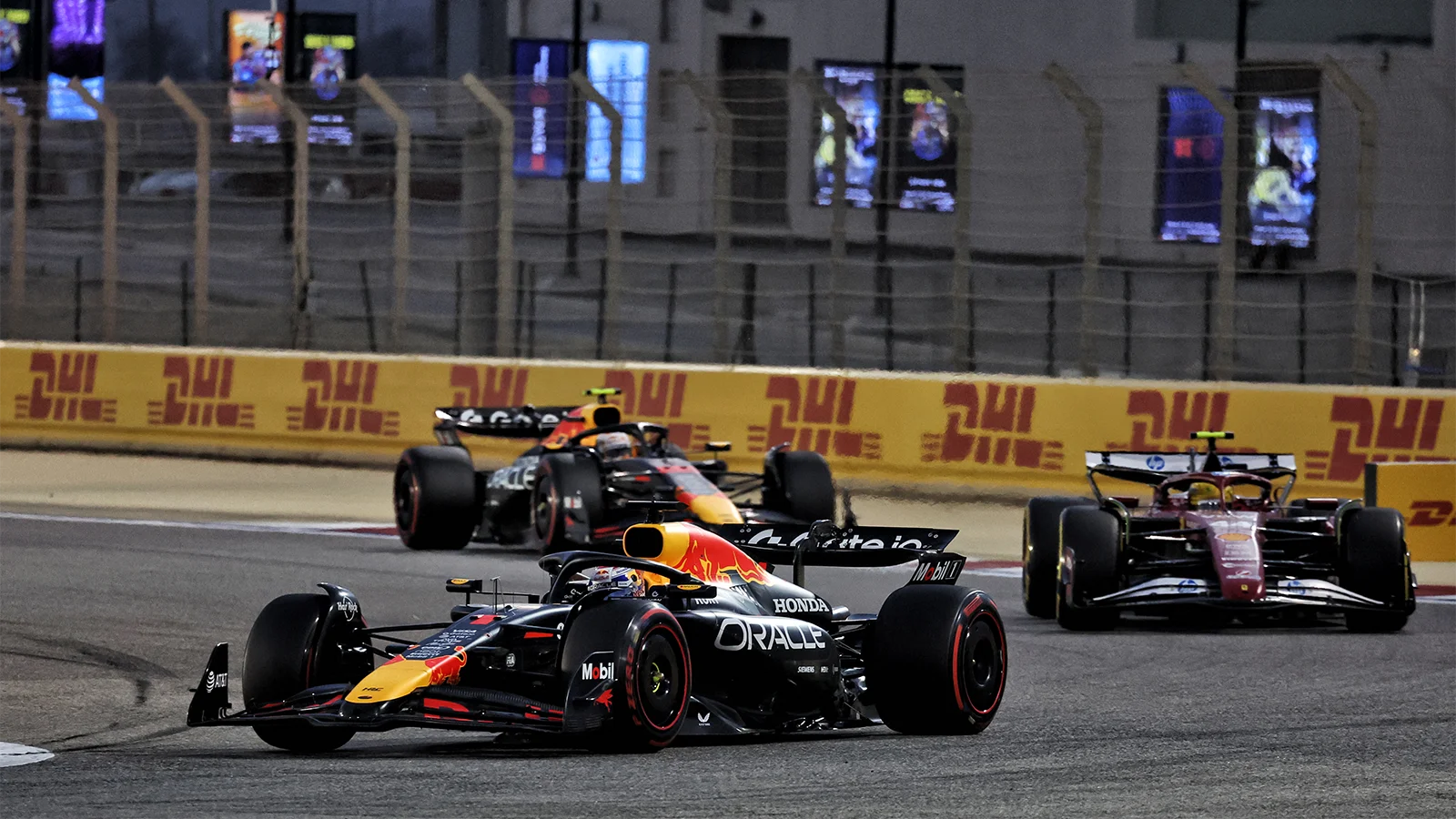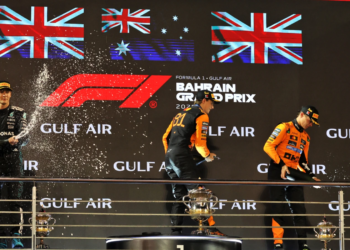Red Bull boss Christian Horner lamented that correlation issues between the team’s wind tunnel and on-track performance in Formula 1 are “like telling the time on two different watches”.
Red Bull had through-corner balance issues stemming from its RB20 in 2024, and those have carried over into this year’s RB21.
To make matters worse, Max Verstappen spent the majority of the Bahrain Grand Prix complaining of brake issues and post-race felt that tyre degradation was “worse” than last year’s RB20.
Problems arose last year when Red Bull sought to develop its car, and its out-of-date Bedford wind tunnel, a 70-year-old site that has been augmented through the decades, was cited as a likely cause.
Speaking to select media, including Motorsport Week after last weekend’s Bahrain GP, Horner said that findings with the wind tunnel aren’t lining up with what the team’s 2025 F1 challenger is telling them on track.
“I think the problems [with out car] are understood, the problem is that the solutions with what we see within our tools compared to what we’re seeing on track at the moment aren’t correlating and I think that’s what we need to get to the bottom of,” he said.
“Why can we not see within our tools what we’re seeing on the circuit and when you end up with a disconnect like that you have to obviously unpick it, we’ve got a strong technical team that have produced some amazing cars over the last few years and I’m confident they’ll get to the bottom of this issue.
“But it’s literally the tool isn’t replicating with what we’re seeing on the track, and then it’s at that point it’s like telling the time on two different watches.”
On-track data driving Red Bull solutions
Horner conceded that correlation problems in 2025 are “similar” to last year’s, adding, “primarily the wind tunnel has driven us in a direction that isn’t replicating what we’re seeing on track and so then you end up with a mishmash between what your tools are telling you and what the track data is.
“So, obviously now as we’re accumulating track data, it’s the track data that’s driving the solutions.“
Asked whether he’s concerned the wind tunnel will prevent a successful upgrade solution to the team’s current woes, Horner noted how this year, the last of the current rules cycle is one of marginal gains, an are in which Red Bull falls short.
“I think you’ve got to understand where it’s weakness is and I think the problem that we have is that we’re at the end of a set of regulations where the gains are very very marginal and I think we’re seeing some of the shortcomings in our current tunnel that struggles in that area.
“I think it’s clear we understand what the problem is, it’s implementing the solution.”

The problem is, Red Bull’s through-corner balance problem is a predominantly aerodynamic issue.
“It’s the entry phase to the mid-corner that needs addressing and giving him the ability and grip and confidence that takes carry speed into entry corners,” Horner said.
“Now that’s fundamentally an aero issue that we need to be able to give that grip.”
For now, Red Bull will have to continue striving towards a solution with its outdated wind tunnel facility.
A new one is in construction, “ahead of schedule,” and slated to be a class-leader when it’s completed, but that won’t be until some point next year, which Horner explains, “would be for implementation in 2027.”
Presently, Verstappen’s damage-limitation drive to sixth in Bahrain meant he conceded only seven points to third-place Lando Norris, and the Dutchman languishes eight points back from the series leader.
“It’s a 24 race championship, we’re eight points behind in the Drivers’ Championship and we know we need to make progress very quickly so it was important today to score points, [Verstappen] fought for every point that he could in a difficult car today so it’s how they add up at the end of the year that’s important,” Horner said.
READ MORE – Red Bull’s ‘unacceptable’ F1 Bahrain GP triggers urgent meeting









